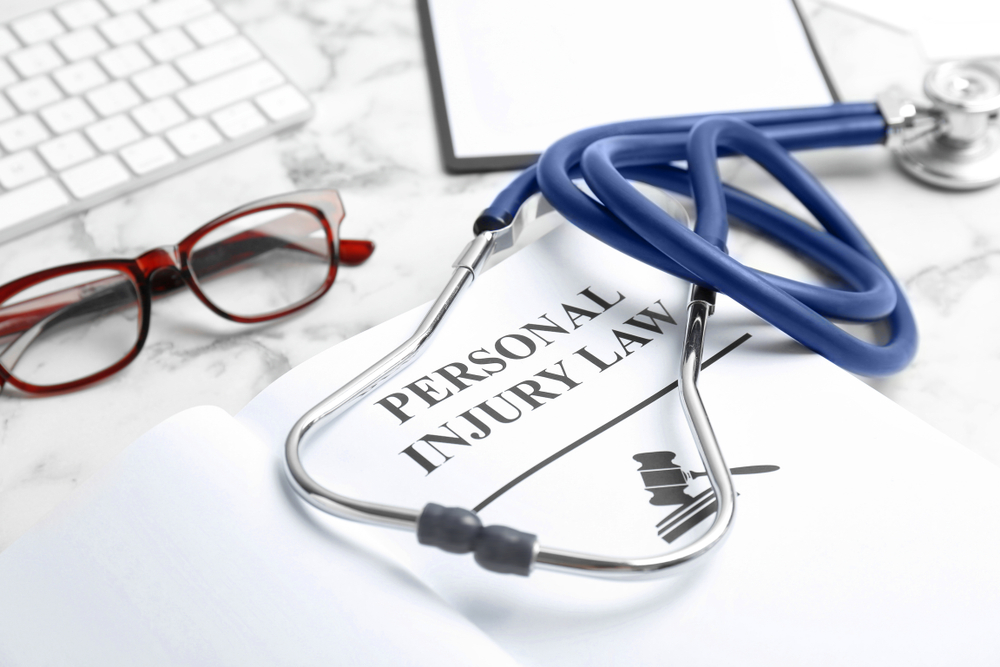When it comes to determining fault in a personal injury case, New York follows the rule of comparative negligence. Significantly, this doctrine allows an injured plaintiff to recover compensation for their injuries, even if they were partly responsible for the accident that caused them. The amount of monetary recovery to which a plaintiff would be entitled is reduced by their share of fault. Whether you’ve been injured in a car crash, a slip and fall, a premises liability accident, or any other type of incident, it’s important to be aware of how this rule works — and how it can affect your right to compensation.
Understanding the Shared Fault Rule
Under NY CPLR § 1411, a plaintiff can recover damages in a personal injury case whether they were 99% at fault for the accident or not to blame at all. If the jury finds that the defendant was negligent and a plaintiff is eligible to receive compensation, they will determine the percentage of each party’s liability. The percentage of fault will then be subtracted from the total amount of damages.
For example, suppose Driver A was in a collision with Driver B. Driver A sustained $100,000 in damages and was found to be 20% at fault for the accident, while 80% of the blame was apportioned to Driver B. In this case, Driver A’s recovery would be reduced by $20,000 and they would be awarded $80,000.
Joint and Several Liability
When there are multiple defendants in a case, the doctrine of joint and several liability applies. Under this rule, each defendant can be held individually responsible for the total amount of damages. In other words, a plaintiff can collect the entire judgment from one defendant. However, in the event a joint tortfeasor is 50% or less responsible for the accident, their liability for non-economic damages is capped in accordance with their share of fault.
When is a Plaintiff Partly Responsible for Their Injuries?
Proving negligence is the determinative factor of every personal injury case. Without establishing another party’s negligence, carelessness, or recklessness was the cause of the plaintiff’s injuries, they will be unable to recover compensation. Critically, the defense will attempt to place as much of the blame on the plaintiff as possible to reduce the amount of damages for which they would be accountable.
There are a number of arguments a defendant may try to raise in an attempt to show the plaintiff was partly — or fully — liable for their injuries. For example, in a slip and fall case, a defendant may assert that the plaintiff’s shoes were to blame for the accident, or the plaintiff failed to look where they were walking. In a car accident lawsuit, the defense may assert that the plaintiff was distracted when the crash occurred, or failed to use reasonable care. However, an experienced personal injury attorney will know what evidence to present to ensure the plaintiff is able to obtain the maximum compensation they deserve for their economic and non-economic damages.
Contact an Experienced New York Personal Injury Attorney
If you were hurt in an accident caused by someone else’s negligence, it’s vital to contact a personal injury attorney immediately who can advise you of your legal rights and remedies. A skilled personal injury attorney can help you obtain the highest amount of monetary recovery available for your injuries. The Dearie Law Firm, P.C. has more than 30 years of experience representing clients for a wide variety of personal injury matters and securing substantial verdicts and settlements.
The Dearie Law Firm, P.C. has convenient office locations in Manhattan, Brooklyn, and the Bronx, as well as mobile locations serving Brooklyn, Queens, Manhattan, the Bronx, Staten Island, Westchester, Rockland County, and on Long Island in Nassau County and Suffolk County. Contact us for a consultation.

